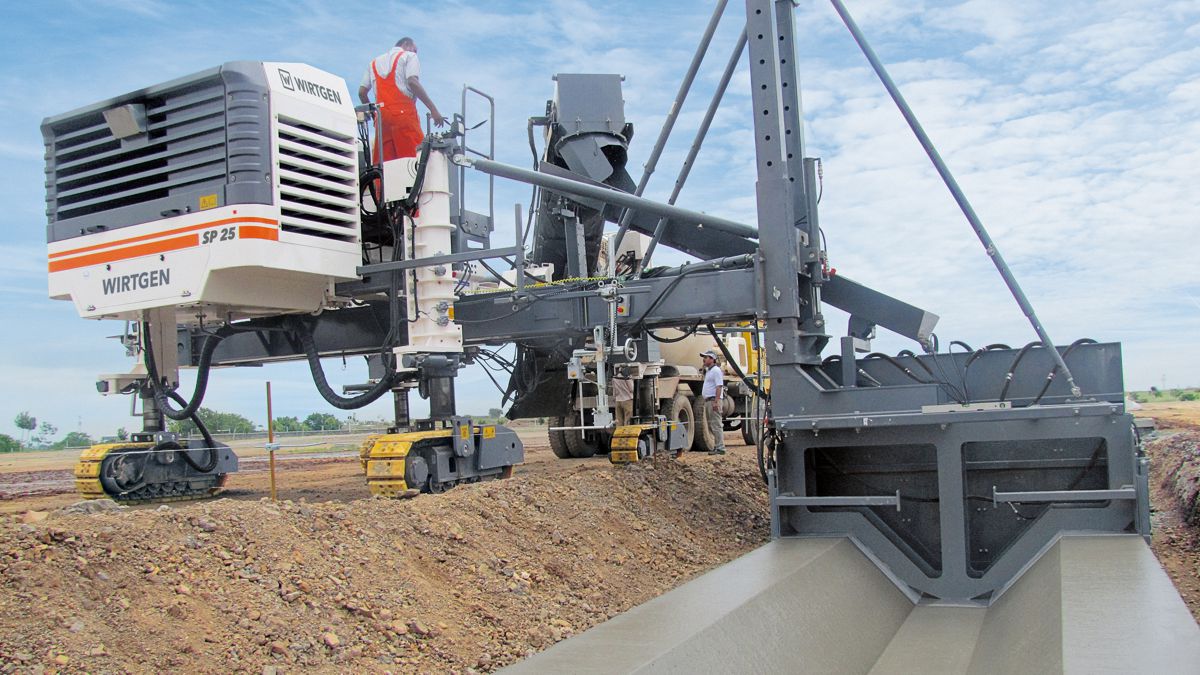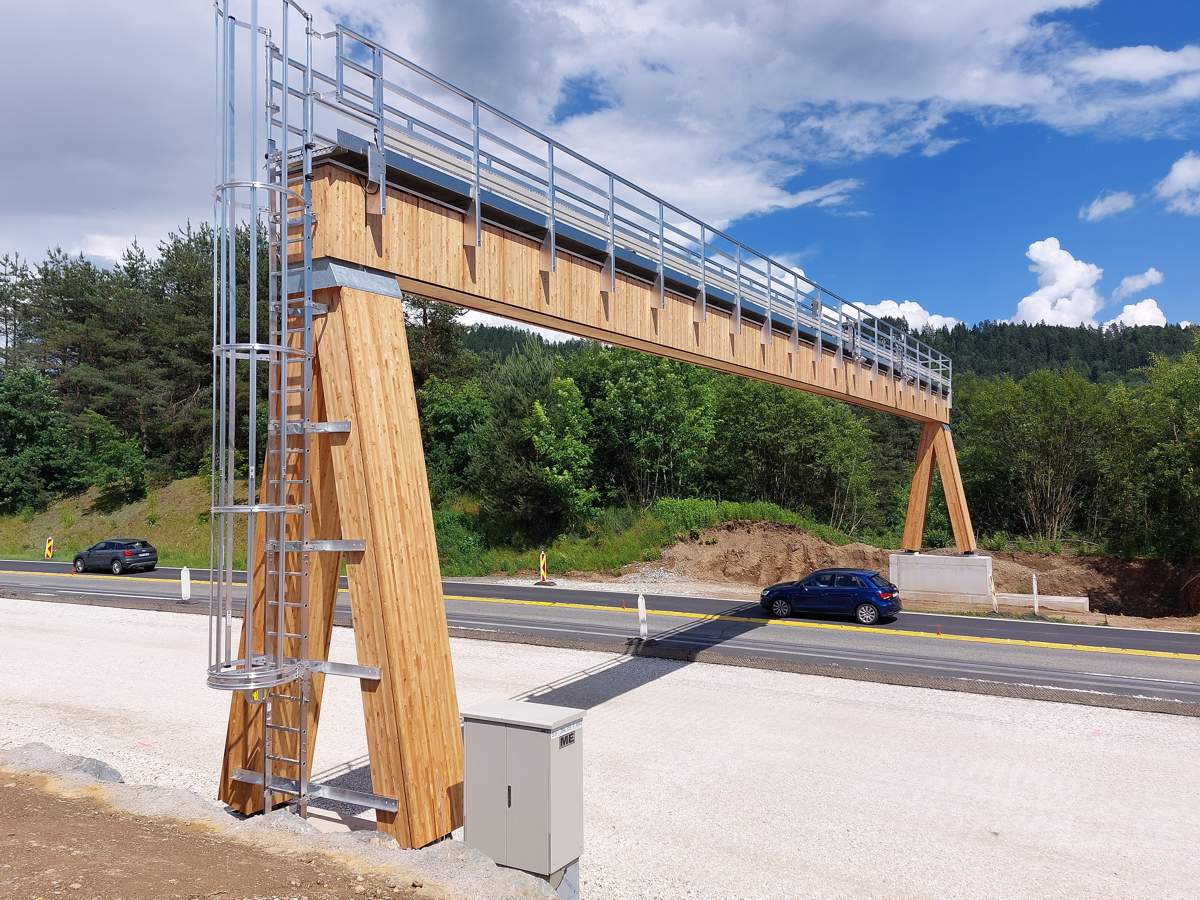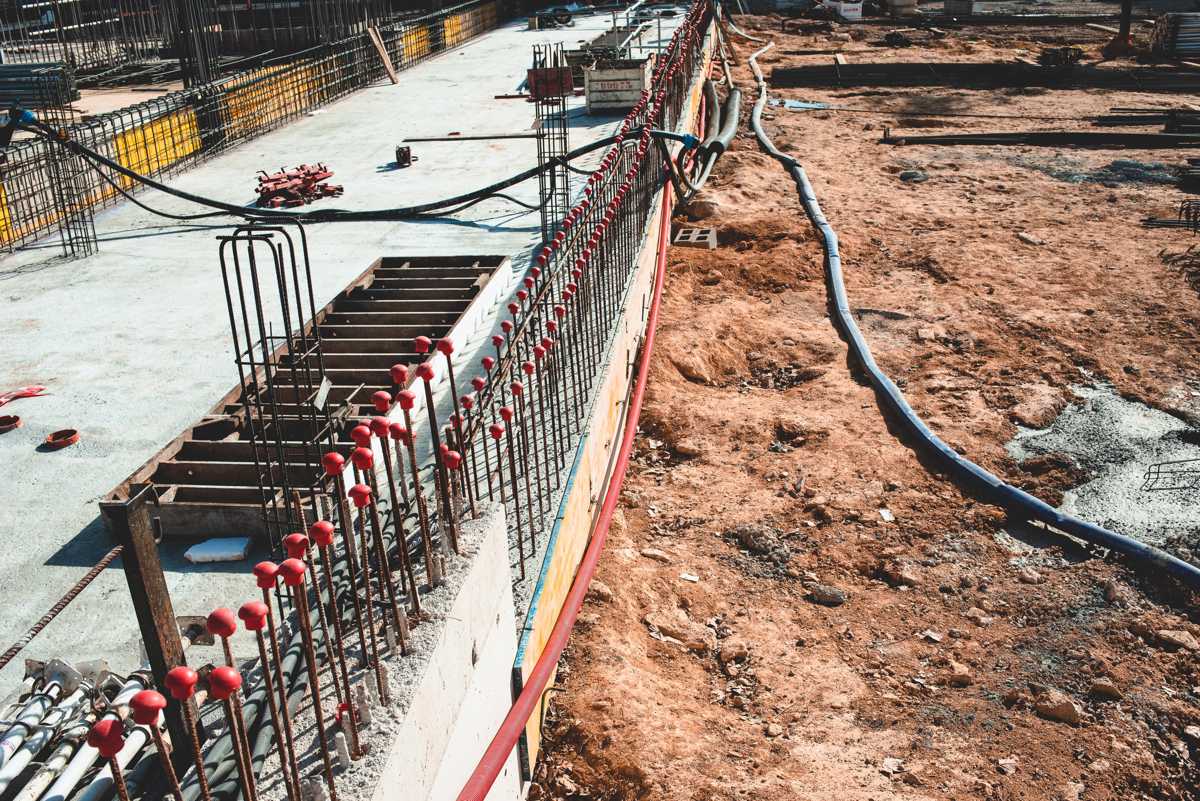TRL tests RHiNOPHALT Highway Preservation on the M4 Motorway in England
ASI is constantly striving to extend the life of the valuable infrastructure network through planned maintenance using RHiNOPHALT®.
Their goal is to provide road users and owners surety that their investment will provide a long, safe and disruption free life cycle.
- Long by protecting and preserving the bituminous component of the surface course, extending the serviceable life by up to 50% at a fraction of the cost of conventional maintenance methods.
- Safe by significantly reducing the advent of potholes and the damage that this may cause to the road users vehicles. Disruption free by reducing the need for unplanned interventions by up to 60%.
ASI recently commissioned reports by TRL to review the performance of RHiNOPHALT® and compare it to the performance of an untreated control section. The site is located on the westbound carriageway of the M4 between Junction 10 (Bracknell) and Junction 11 (Reading Central).
The control is located in lane 1 between MP63/8-12m and MP63/9 and the treated section between MP63/9 and MP64/0. The treatment was applied to a proprietary thin surface course system that was installed in December 2012. The picture clearly shows the difference in permeability of the treated area in the foreground of lane 1, compared to both Lane 2 and lane l in the background of the photograph.
RHiNOPHALT® penetrates just far enough into the asphalt mortar at the surface to provide a durable seal to prevent water ingress and to dramatically slow down further oxidization due to weathering and UV degradation.
Recent measurements of Hydraulic Conductivity by TRL on the A1(M) showed that permeability was reduced by a factor of 3.5 times (untreated Vs treated).
Water, through chemical reaction is an asphalt pavement’s greatest enemy, causing the breakdown of the pavement structure. Water not only affects the surface course, but prolonged exposure can also damage the Binder course. The freezing of water held within the pavement structure can be catastrophic during periods freeze thaw cycles in the winter, it therefore makes sense to do everything possible to keep it out.
















